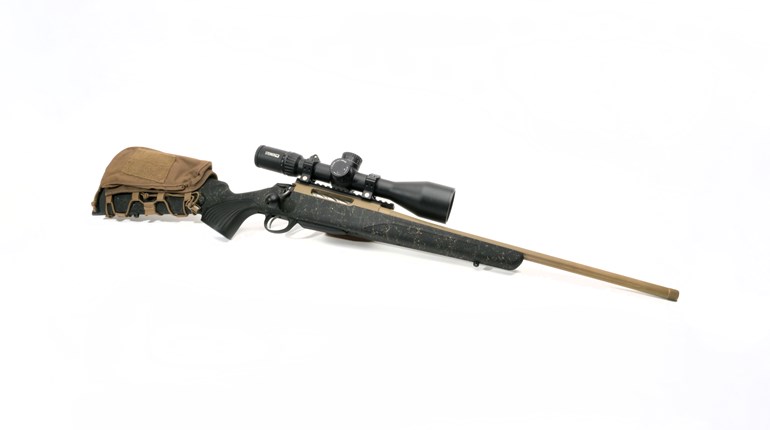
Most gun owners are aware of how anti-gun activists like to tout Australia’s forced confiscation of a million privately owned firearms back in 1996 as an answer to America’s so-called “gun problem.” Hillary Clinton lauded the Australian plan during her presidential run. Former President Barack Obama also spoke glowingly of it a time or two. And just last week, a former senior adviser to Obama called for implementation of Australian-style gun confiscation by the U.S. government.
Dan Pfeiffer, writing at Crooked.com, a website founded by three former Obama staffers, said: “We are nibbling around the edges instead of proposing bold, meaningful solutions.” One of his “meaningful solutions" is confiscating firearms from law-abiding gun owners, just like Australia did in 1996.
Interestingly, a feature published over the weekend in The Sydney Morning Herald reports that Australians now own more guns than they did before the country’s mass confiscation.
The Herald’s report is based on a piece posted at theconversation.com that states, “The proud claim that Australia may have ‘solved the gun problem’ might only be a temporary illusion. In recent years, arms dealers have imported more guns than ever before. And last year we crossed a symbolic threshold: For the first time in 20 years, Australia’s national arsenal of private guns is larger than it was before the Port Arthur massacre.”
Obviously, in the long run the “buyback” hasn’t been effective at reducing the number of firearms owned in the country.More specifically, the report stated: “The million guns destroyed after Port Arthur have been replaced with 1,026,000 new ones. And the surge only shows upward momentum.”
As we’ve reported in the past, Australia's government didn’t really “buy back” anything, as it never owned the guns it forcefully confiscated. And, yes, it was a confiscation by force. Australian gun owners had the “choice” to accept reimbursement and relinquish guns they had previously been forced to register with the government—or they could risk forcible confiscation of their property and imprisonment.
Australia’s national program followed an earlier mandate that had occurred in its state of Victoria. A public service announcement published there could not have been clearer about the consequences of non-compliance. It mockingly portrayed several men in a prison shower and warned, “This is your last chance.” Violators, the ad stated, faced “severe penalties that could include humiliating public arrest, a criminal conviction” and “up to 12 months in prison.”
Now, after the humiliating confiscation of what was likely many cherished family heirlooms and other much-loved guns—recall that confiscated guns even included such venerable hunting arms as the Remington 1100, Ruger 10/22, Mossberg 500 and Browning A5—there are more guns in private Australian hands now than ever before.
Obviously, in the long run the “buyback” hasn’t been effective at reducing the number of firearms owned in the country. And to the folks at theconversation.com, that’s a bad thing.
“As no law is effective until taken seriously, enforcement and resistance to backsliding are now key,” the report laments.
Of course, that the media would decry gun ownership should come as a surprise to absolutely nobody. To me, however, more firearms in the hands of law-abiding citizens is a good thing, whether they live in the United States or in Australia. Perhaps the upward trend in gun ownership will give gun-rights activists Down Under some momentum to continue the fight to win back their rights.
Mark Chesnut has been the editor of America’s 1st Freedom magazine for 17 years and is an avid hunter, shooter and political observer.


































